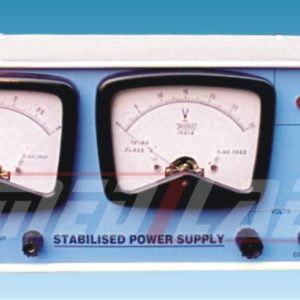Description
Digital pH Conductivity & Temperature Meter is a laboratory instrument used to measure the pH, electrical conductivity, and temperature of a solution. It uses a digital readout display to indicate the measured values.
The instrument consists of a pH electrode, a conductivity electrode, a temperature sensor, a microprocessor-controlled system, and a display. The pH electrode measures the acidity or basicity of the solution, while the conductivity electrode measures the electrical conductivity of the solution. The temperature sensor measures the temperature of the solution to ensure accurate readings.
The microprocessor-controlled system uses algorithms and calibration factors to provide precise and accurate measurements of the pH, conductivity, and temperature of the solution. The measured values are displayed on the digital readout display.
Digital pH conductivity and temperature meters are commonly used in water treatment, food and beverage, and chemical industries to measure the quality of liquids. They are also used in research laboratories to measure the pH and conductivity of solutions for a variety of purposes.
The advantages of using a digital pH conductivity and temperature meter include its ability to perform precise and accurate measurements, its automation of the measurement process, and its ability to handle a wide range of sample types. They are also faster and more efficient than traditional methods of pH and conductivity measurement, such as titration and gravimetric analysis.







